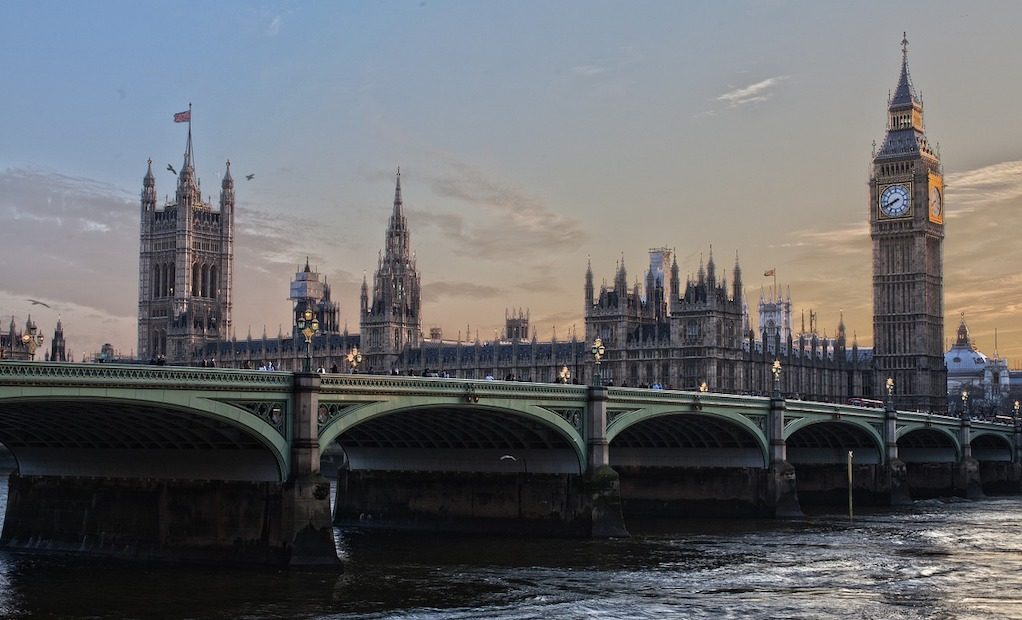Batten down the manhole covers: “Super sewer” set to fight London’s historic sewage system and save the thames

39 million tonnes of raw sewage finds its way into the River Thames each year. London is reliant on a Victorian sewer system designed during the 1860s by Joseph Bazalgette. The system was built to support three million people, but London’s population now exceeds eight million, and the drainage requirements are consequently much greater. Cleaning up the Thames is an environmental priority. Set for completion in 2023, the new Thames Tideway Tunnel, often referred to as a “super sewer” will have a huge impact on environmental health in the capital.
What happens to London’s sewage?
Bazalgette’s sewage system is a combined system: it carries both rainwater and sewage, and when too much pressure is put on the system, the excess is discharged through out-flow pipes into the Thames. Stringent regulations are in place for the upkeep of the sewage system: all pipes and external fittings must come from suppliers like EasyMerchant, whose products carry the Kitemark and comply with British Standards. Nonetheless, the system is designed to cope with excess by overflowing, and there is currently no way to reduce the waste flowing into the river. This occurs approximately once a week under the current system.
What causes the problem?
As well as being built for a population much smaller than the one London currently accommodates, the sewers suffer from the physical expansion and modernisation of the city: there is now far less open space in London, and as a result, rainwater is forced into the sewers through gutters rather than draining away naturally through green space. Modern conveniences like large car parks, shopping centres and supermarkets also contribute to the problem, and with climate change expected to continue to trigger heavy rain, the difficulties are only set to worsen.
The impact on the river
In 2018, Thames Water was fined £2 million when an overflow lasting over 24 hours killed 150 bullhead fish. Complete population wipe-outs like this are unusual, but the regular overflow of sewage into the Thames causes a problem for over 125 species of fish, who suffocate when their oxygen supply is damaged. The sewage problem causes the river’s ecosystem to suffer on a regular basis, with frequent examples of wildlife eradication: in 2017, for example, 26,000 fish were killed in a single overflow, seriously affecting the river’s biodiversity. Because the river is tidal, waste can be washed up and down it, resulting in decreased water quality, at times severe enough to fall below EU standards. As well as having a devastating environmental effect, there are also obvious risks to public health to consider.
A super solution
The Thames Tideway Tunnel will provide 15 miles of extra capacity for London’s sewage, reducing overflow into the river to four times annually. The tunnel will run alongside the Thames from Acton to Abbey Mills, and five water treatment units will be extended to process the increased flow of waste. The sewage will be pumped through the Lee Tunnel from Abbey Mills Pumping Station, eventually being treated by the Beckton Sewage Treatment Works, and then safely discharged. The project will be Europe’s largest privately funded infrastructure development, costing over £4 billion. Thames Water customers will pay for the project over time, with each household contributing around £20 towards the bill each year.
Bazalgette’s original system was revolutionary in its day, but it’s clear that the system needs updating for modern London. When the Thames Tideway Tunnel is complete, overflow into the river is estimated to be reduced by 94%, cleaning up the water and protecting biodiversity for generations to come.
The editorial unit

























Facebook
Twitter
Instagram
YouTube
RSS